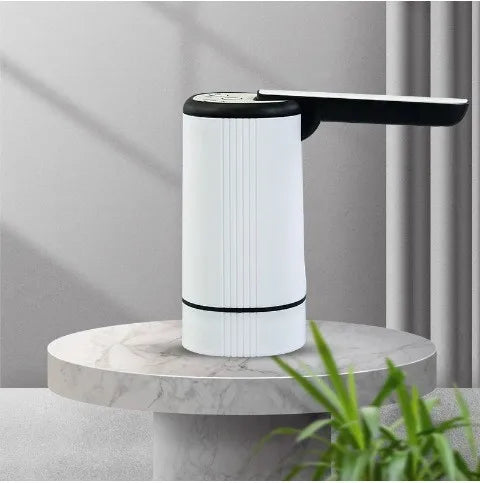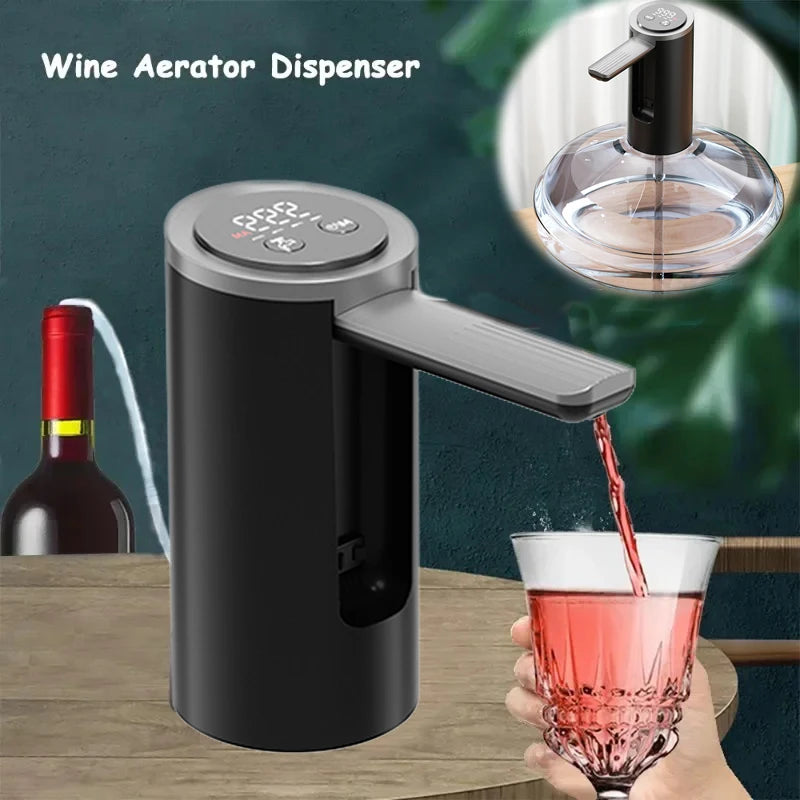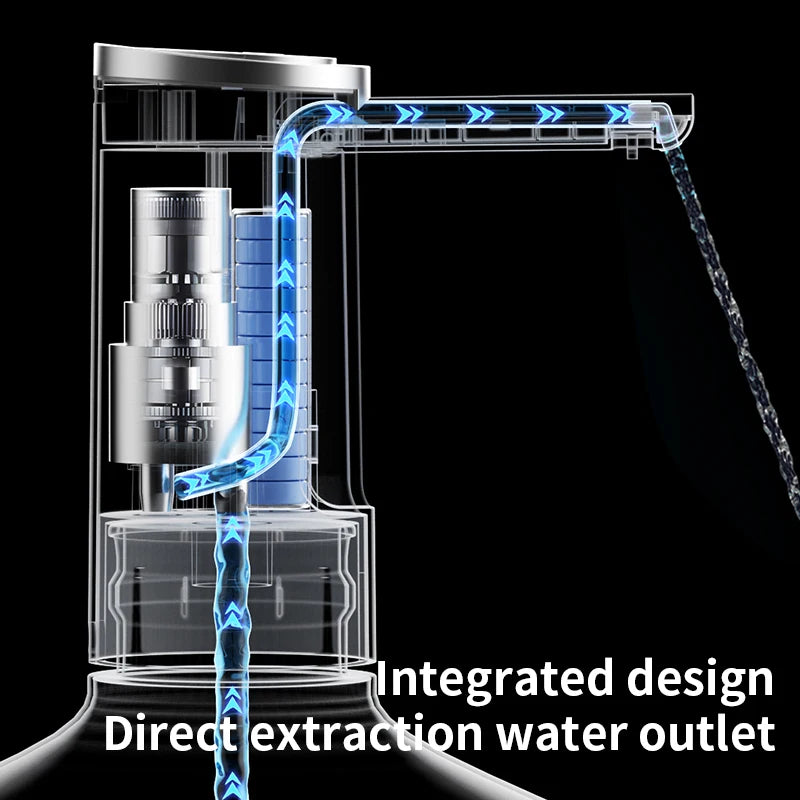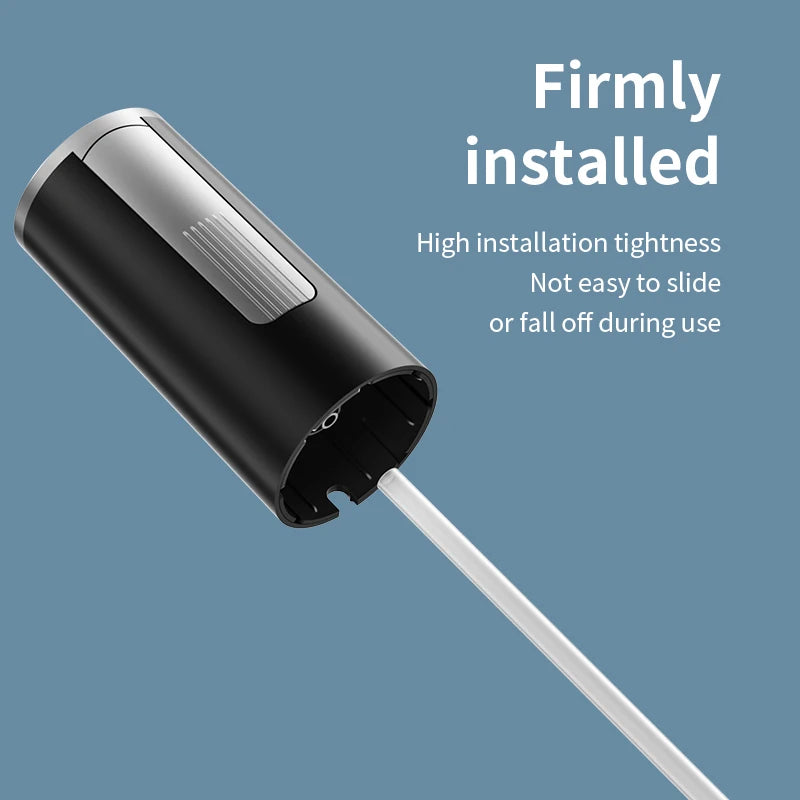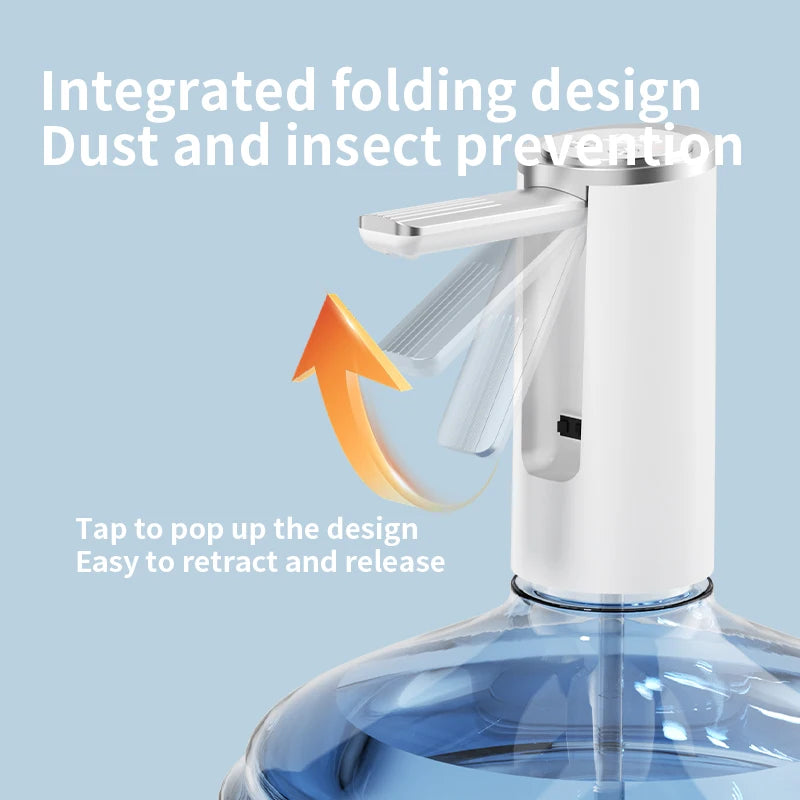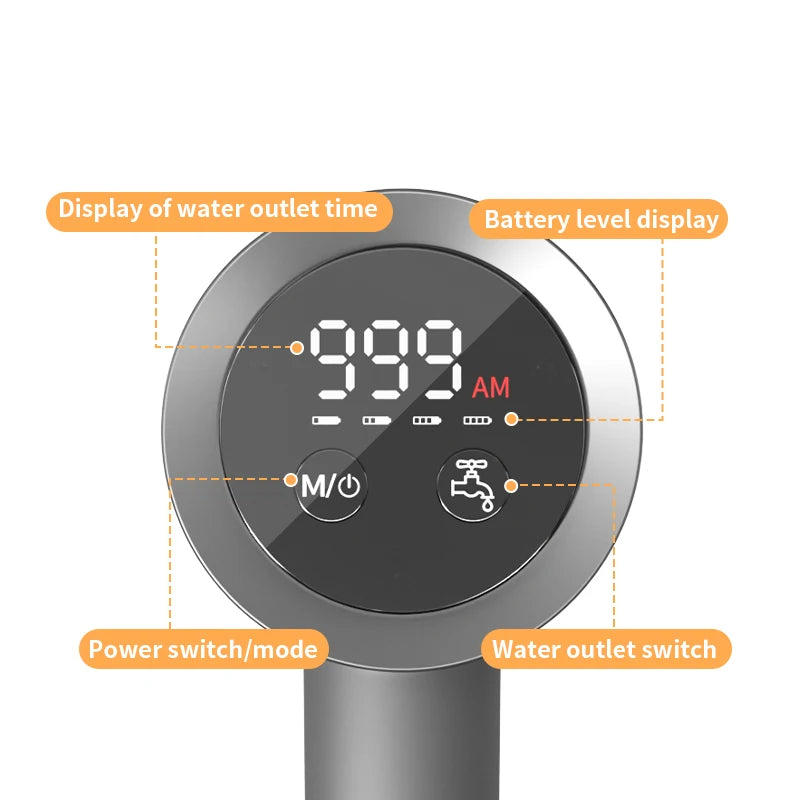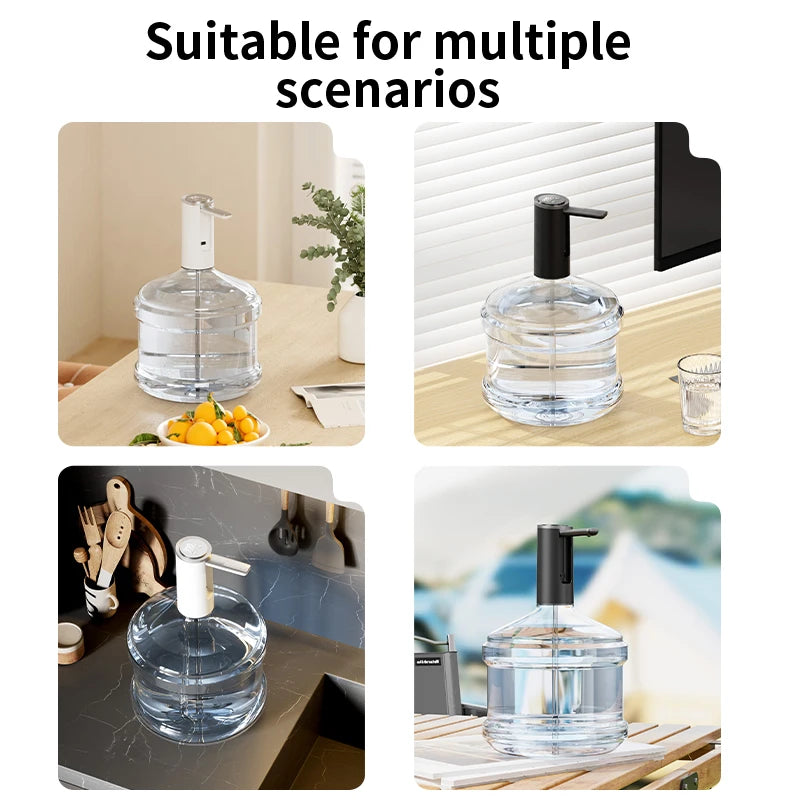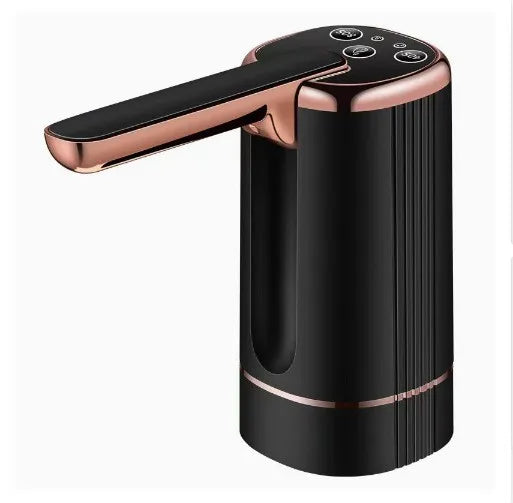30% OFF Your Order Until Sunday! Get Shopping!
Modern & Smart Quantitative Drink Dispenser
Modern & Smart Quantitative Drink Dispenser
Couldn't load pickup availability
🍷Improve The Flavour & Aroma via Aeration of Your Wine Today: Decanting wine allows it to “breathe” exposing it to oxygen, which softens harsh tannins and releases more aromatic compounds. This is especially helpful for young red wines or very tannic varietals that might be tight or astringent out of the bottle.

👌Ensure Sediment Separation For Your Older Wines: Old wines often contain sediment. Decanting helps leave sediment behind in the bottle, resulting in a smoother pour. A clearer wine not only tastes better, it also looks better, improving the visual appeal.

❇️Enjoy The Elegance, Presentation, and Enjoyment Of This Modern Decanter: A decanter is more than just functional; it adds aesthetic value. It makes wine-serving feel more special, whether for guests or simply to elevate your own experience. If the “smart” part includes features like built-in aeration channels, stylish design, or easier pouring, that enhances convenience and the ritual of enjoying wine.

🍷Find Out More Here🍷
Q: What Makes a Decanter “Smart,” And Is It Worth Paying Extra For Those Features?
A: A smart wine decanter usually has features beyond just a glass vessel. These might include aeration enhancements (e.g. faster or more efficient exposure to oxygen), built-in sensors (temperature, oxygen exposure), connectivity (Bluetooth or app control), or automated pouring or preserving functions. Whether it’s worth it depends on how much you care about wine flavour nuance, consistency, convenience and tech. If you are a casual wine drinker, a standard decanter might suffice. But if you host often, enjoy tasting different wines, or want a more “set-and-forget” experience, smart features can add real value.
Q: How Long Should Wine Be Decanted In A Smart Decanter?
A: It depends on the type of wine. Young red wines (e.g. Cabernet Sauvignon, Syrah) often benefit from longer aeration—30 mins to an hour or more—so they can soften harsh tannins and open up aromatics. Older wines with sediment require careful decanting mostly to separate the sediment, not necessarily to aerate for a long time. White wines and lighter reds often need less time. Also, smart decanters with aeration enhancements might reduce needed time compared to just letting wine sit in a regular decanter.
Q: How Do I Clean And Maintain A Smart Wine Decanter So It Lasts And Doesn’t Affect Taste?
A: Good maintenance is crucial. Some guidelines:
-
-
Rinse with warm (not boiling) water immediately after use to avoid wine stains.
-
Use a soft brush to clean inside if the decanter has narrow or curved channels.
-
Avoid harsh detergents or abrasive cleaners, they can leave residue or scratch surfaces, which can trap flavours or odours.
-
If there are any electronic/smart components, ensure they are waterproofed properly and avoid submerging parts not meant to be submerged.
-
Dry thoroughly before storing—moisture left inside can promote mildew or lingering odours.
-
